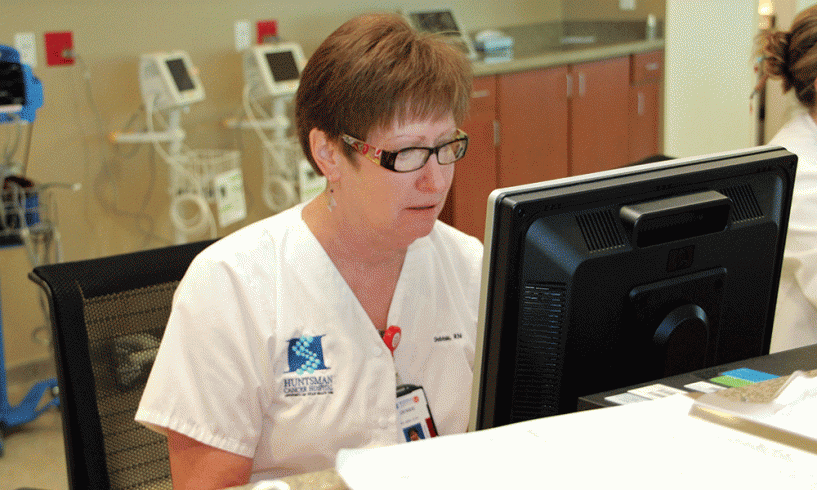Sally is a 62-year-old woman who had a mastectomy for stage IIB left-sided breast cancer. She had preoperative chemotherapy followed by the mastectomy, at which time she also had a prophylactic simple mastectomy of her right breast. She completed postsurgical radiation therapy six months ago and is in for a routine follow-up appointment. You begin to prepare her right arm to draw blood for her lab tests, but she stops you, saying that you cannot draw blood from either arm and she doesn’t want it taken from her foot.
What Would You Do?
Lymphedema occurs in up to 42% of breast cancer survivors. The incidence of lymphedema is 6% even for those without dissection or only a sentinel node removed. Risk factors for lymphedema include lymph node dissection, radiation therapy to the affected limb, older age, obesity, hypertension, previous infections in the arm, and medical procedures.
The National Lymphedema Network and ONS Putting Evidence Into Practice guidelines recommend the following.
- Avoid venipuncture and taking blood pressure in the affected arm(s) if possible. Consider using the foot or placing a central venous access device if frequent phlebotomy is anticipated.
- If venipuncture and taking blood pressures are unavoidable,
- Use aseptic technique.
- Use the limb with the least risk.
- Use manual blood pressure cuffs, avoiding extreme inflation.
Ideally, you would perform Sally’s phlebotomy in her foot, but after reviewing the risk factors with Sally, she agrees to use her right arm because it has the least risk for developing lymphedema. You instruct Sally to report any changes in size, sensation, color, and temperature of her arms and skin. You encourage Sally to maintain her recommended weight, perform exercises correctly and safely, and keep her skin moist and intact. You also instruct Sally of the signs and symptoms of cellulitis. You share with Sally that the evidence about avoiding air travel and extreme heat or cold is indeterminate.






